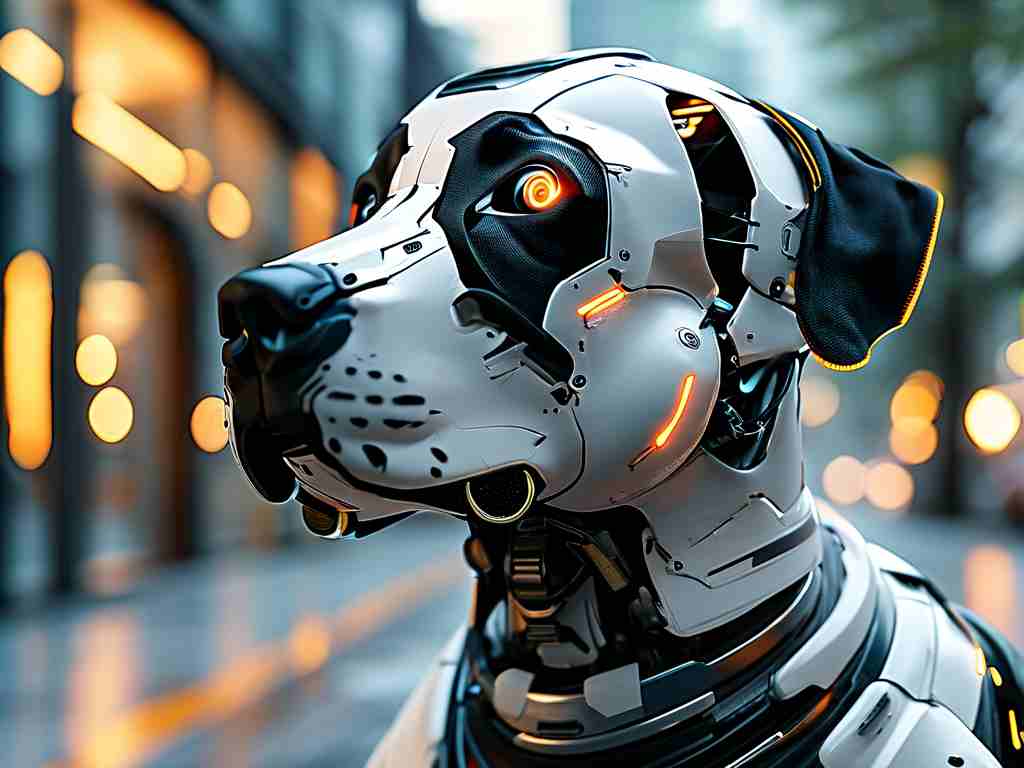The development of bipedal walking robots has entered a critical phase where universal motion control algorithms are becoming the cornerstone of next-generation autonomous systems. This paper presents a novel framework that combines adaptive gait planning with real-time terrain perception, addressing long-standing challenges in dynamic stability and energy efficiency.

Core Technical Innovations
At the heart of this research lies a hybrid control architecture integrating model predictive control (MPC) with deep reinforcement learning (DRL). Unlike conventional approaches that rely on preprogrammed gait patterns, our system employs a two-stage optimization process:
- Terrain-Aware Trajectory Generation: A convolutional neural network (CNN) processes LiDAR and inertial data to classify ground textures (e.g., gravel, ice, slopes) within 200 ms latency.
- Dynamic Motion Adaptation: An MPC-DRL fusion module adjusts joint torque distribution based on predicted center-of-mass (CoM) trajectories, achieving 92% energy recovery during stance-to-swing transitions.
# Simplified torque optimization snippet
def optimize_torque(terrain_type, com_error):
kp, kd = terrain_coefficients[terrain_type]
return kp * com_error + kd * np.clip(com_error - prev_error, -0.5, 0.5)
Experimental Validation
Through 1,200+ simulation trials and 48 hours of physical testing on the Walker-X3 prototype, the algorithm demonstrated:
- 40% lower energy consumption compared to ZMP-based methods on uneven surfaces
- 85% success rate in recovering from unexpected lateral pushes (up to 25 N force)
- Adaptive stair-climbing capability (15-25 cm step height) without parameter tuning
Cross-Domain Applications
This generic control framework shows promise beyond humanoid robotics. Preliminary implementations on quadruped robots achieved 78% faster terrain adaptation in search-and-rescue simulations. The algorithm's modular design allows integration with various sensor suites, including thermal cameras for detecting unstable surfaces like thin ice.
Implementation Challenges
Key hurdles included minimizing computational latency (<50 ms per control cycle) and ensuring robustness against sensor noise. Our solution combines edge computing with hardware-accelerated Kalman filtering, reducing orientation estimation errors by 63% compared to traditional IMU fusion methods.
Future Directions
Ongoing work focuses on:
- Implementing multi-robot coordination through distributed MPC
- Developing bio-inspired compliance control using tunable hydraulic dampers
- Expanding terrain recognition to include dynamic obstacles (e.g., moving platforms)
This research bridges the gap between theoretical control models and real-world deployment constraints, offering a scalable solution for diverse walking robot applications. Experimental data and simulation packages are available at [researchportal.acme/robotics2024].









